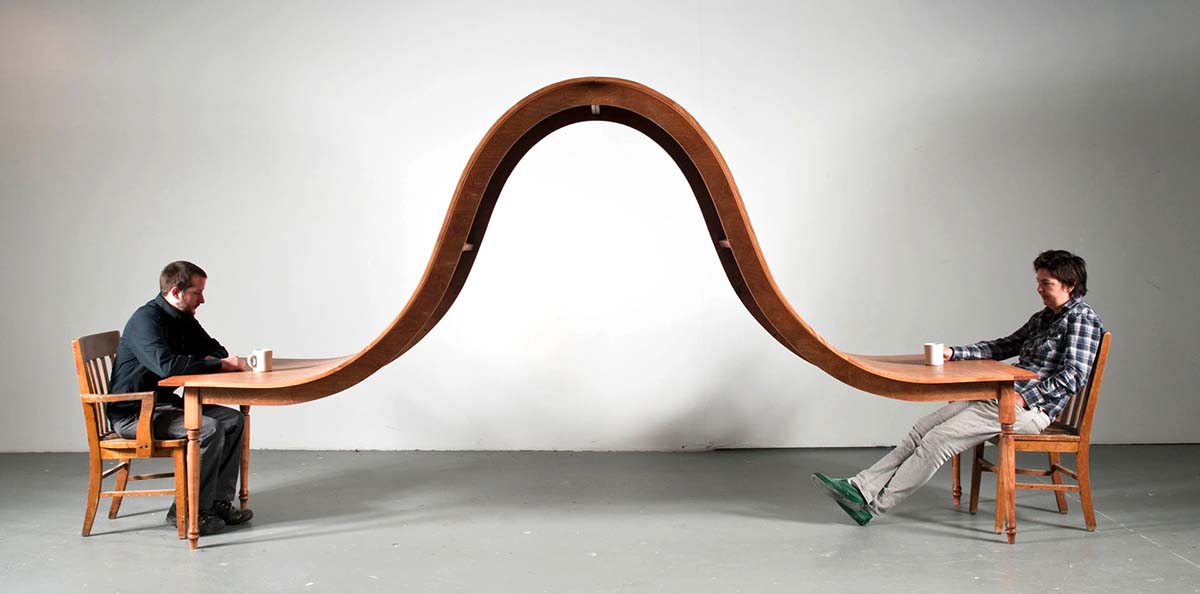It is natural for most students to assume art is only drawing, painting, and realism. But, we know art is so much more! How can you encourage students to think beyond traditional art forms? At the elementary level, we focus on providing a strong artistic foundation. From techniques to media, these students develop a large toolbox of skills. As our students move into high school, their art classes are often divided by specific mediums. Students might focus only on drawing, ceramics, or photography.
Let’s examine how the real world works. The real world is complex—all content areas overlap and inform each other. Artists integrate materials and everyday objects in a million different ways. We also know not every art student will be gallery-bound. How can we prepare students to enter the real world where everything reflects the collision of aesthetics and purpose?
Let’s take a look at 3 surprising areas where form and function merge with the art classroom.
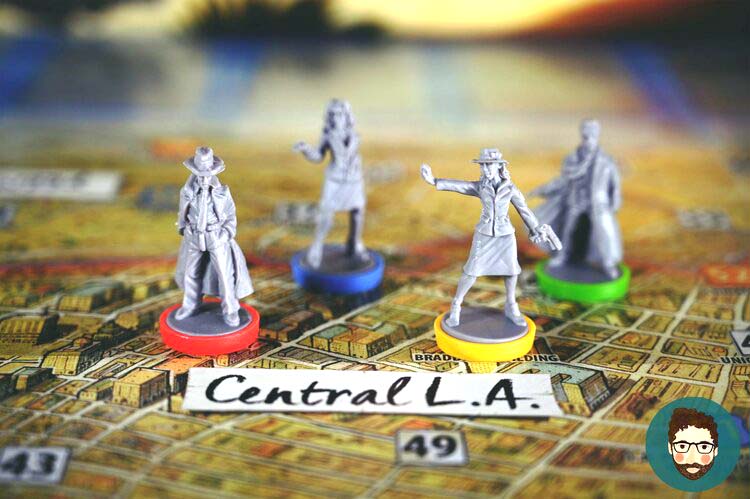
Game Design
When it comes to design, games are where it’s at. Board and card games are truly a fine art of their own. These physical manipulatives combine design, function, and critical thinking with incredible artwork. Some artists create artwork for existing platforms. Others are commissioned for a special artist series of an age-old favorite. Many artists design their games from the ground up, integrating function with aesthetics.
The next time you plan a lesson, consider collaborative game design. Students love researching games they already enjoy and know well. Additionally, they can research the qualities of an effective board game. Students can use their own unique artwork to modify a game design, such as redesigning a deck of cards or putting a spin on a classic like Monopoly. Alternatively, students can create a board game from scratch and design all the pieces to produce a unified work.
What’s more fun than artwork you can play?
Board and card game artists you will want to check out:
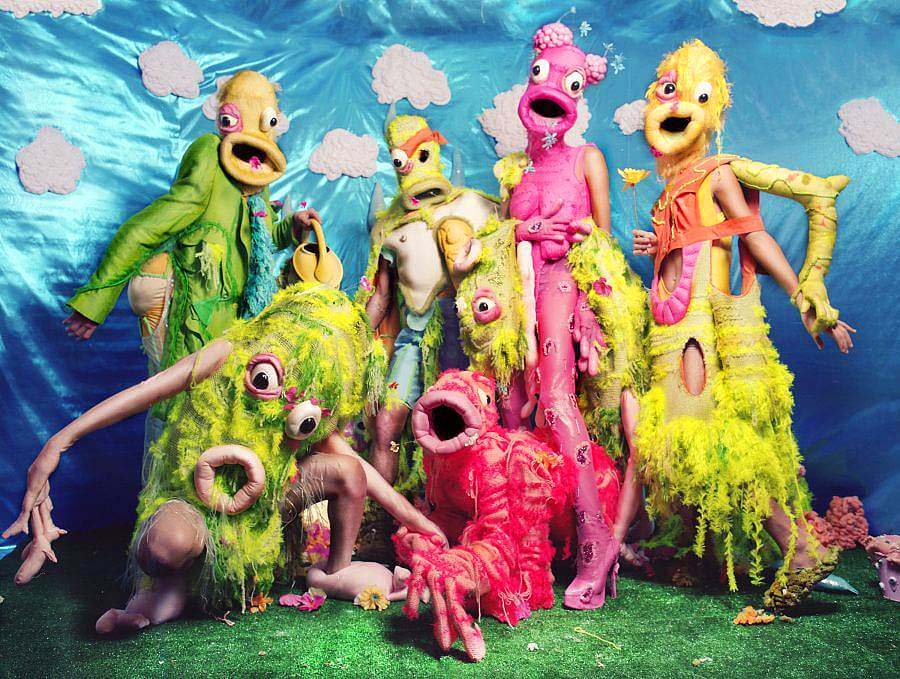
Fashion
You have probably heard of Nick Cave’s incredible Soundsuits or seen recycled runway wearables. Weave form and function into your classroom by exploring the wide world of fashion. From the shoes on your feet to the runway and beyond, artists use clothing as a way to challenge the status quo.
Teach students how to sew and fasten fabrics, explore materials in new ways, and play with unexpected concepts in clothing. Have students create sketches and paper patterns and model them for each other. Introduce a variety of wearable objects such as jewelry, headpieces, and gloves. Challenge students to modify and morph traditional garments into an imaginative realm. Once they create their wearable works, let students show them off to the school. You will be surprised at how quickly commissions will roll in!
Fashion artists you don’t want to miss:
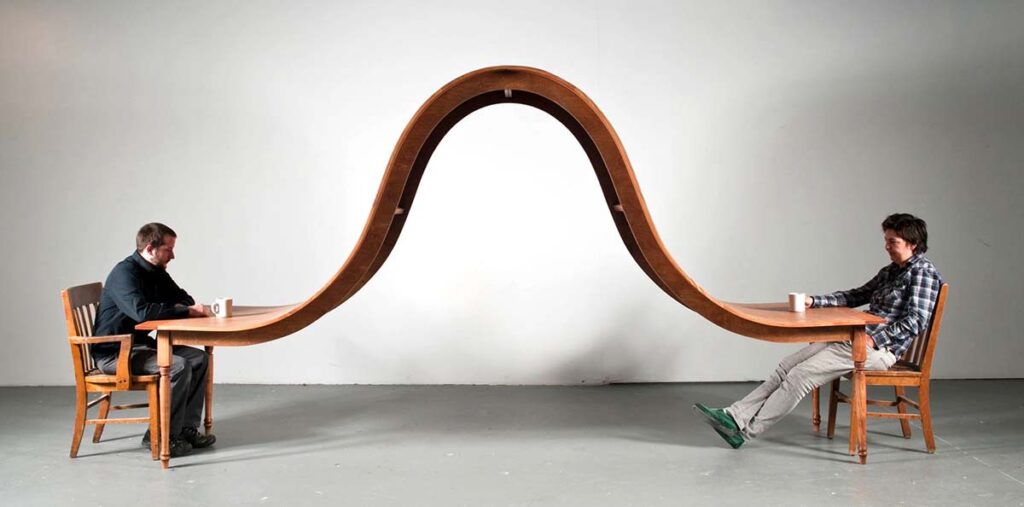
Furniture
Similar to fashion, furniture design is often taught outside of the art department. What better way to bring form and function together in your class than with a wacky chair or an off-kilter table? How can we bring conceptual thinking to our functional forms? Artists often blur the lines between sculpture and usable pieces.
Students can design their own furniture pieces to lounge on or install in the school. Have them start by creating maquettes. As students experiment with balance, weight limits, and unusual forms, encourage them to use research to inform their trial and error. You could be nurturing the world’s next industrial designer!
Furniture artists to add to your list:
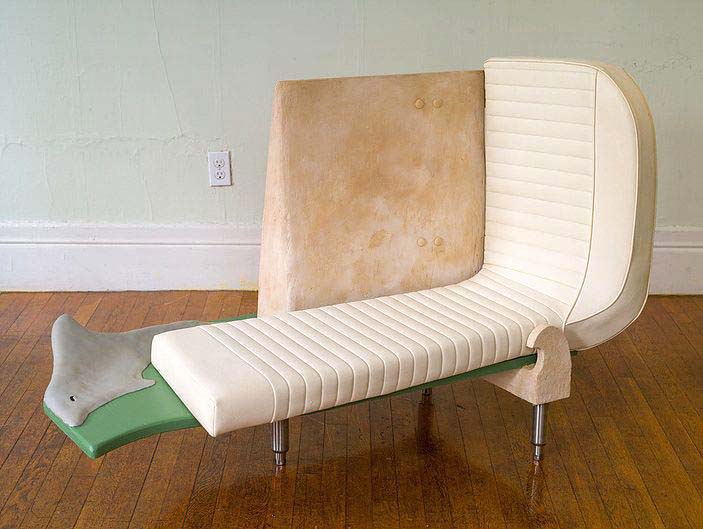
How do you integrate this into your existing curriculum?
You might think these ideas and artists sound really cool, but wonder how you are going to fit all of it into your tight scope and sequence?
Try this! Take an existing unit and add a short exploratory lesson at the beginning to get creative juices flowing. Or, try adding a short expansion lesson to culminate learning and build long-lasting applicable connections to the real world. For instance, say you are entering a ceramics unit on coil pots. A short exploratory lesson at the beginning could expose students to sculptural coil pots. This will help students to see that coil pots can be more than just vases. A short expansion lesson at the end might challenge students to create a coil pot that meets both the functional needs of a pot and the aesthetic requirements of a sculpture.
Art is all around us in objects and items we use daily. We can show our students this connection by bringing in exciting artists who push the line of aesthetics and usability. This approach will benefit students who pursue degrees and learning in other content areas by expanding their thinking and preconceived concepts. Incorporating design ideas is not something extra you need to do—you can add to what you are already doing! As you approach your curriculum this year, ask yourself how you can challenge students’ understanding of art outside the walls of your classroom.
For more artists who push the boundaries of form and function, check out the following compilations:
- 11 Fascinating Jewelry Artists to Share with Your Students
- 10 Fantastic Fiber Artists Your Students Will Love
- 10 Inspiring Ceramic Artists to Share with Your Students
- 11 Fascinating Artists Inspired by Science
- 18 Incredible Contemporary Artists Your Students Will Love
Which artists who push art “outside the art room” are your favorites?
In what other ways can you bring functional art into the classroom?
Magazine articles and podcasts are opinions of professional education contributors and do not necessarily represent the position of the Art of Education University (AOEU) or its academic offerings. Contributors use terms in the way they are most often talked about in the scope of their educational experiences.
